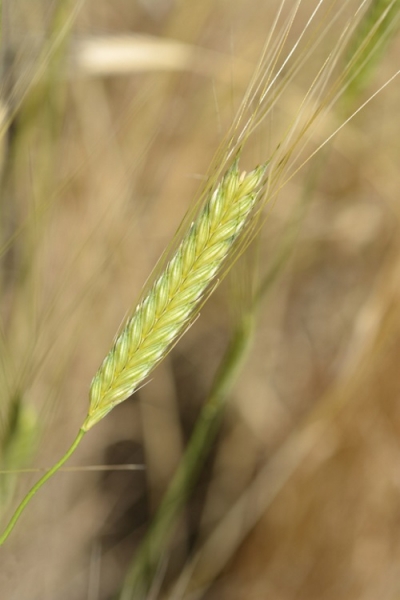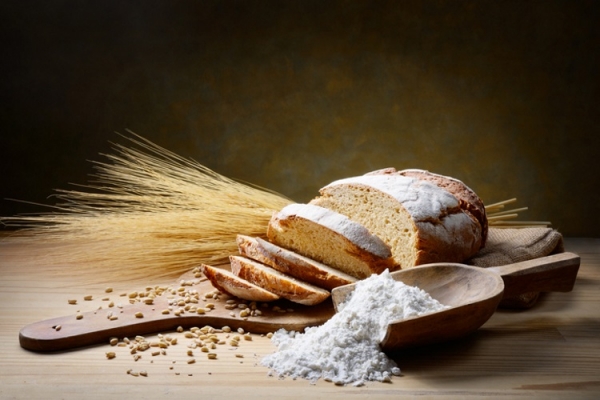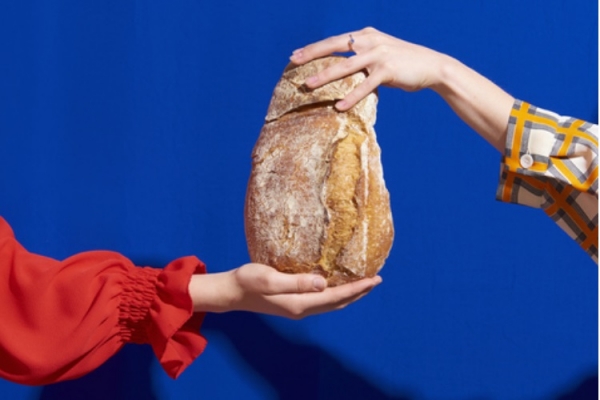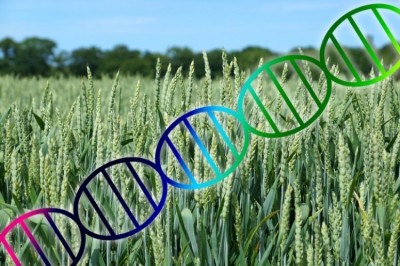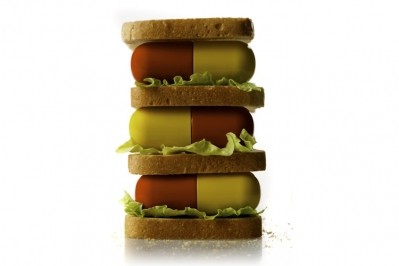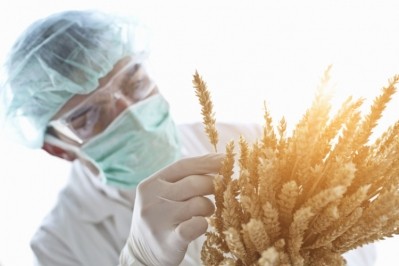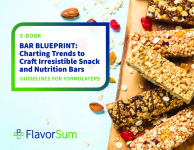Ancient grain’s 5.2 billion letter genome holds the secret to making climate-smart bread
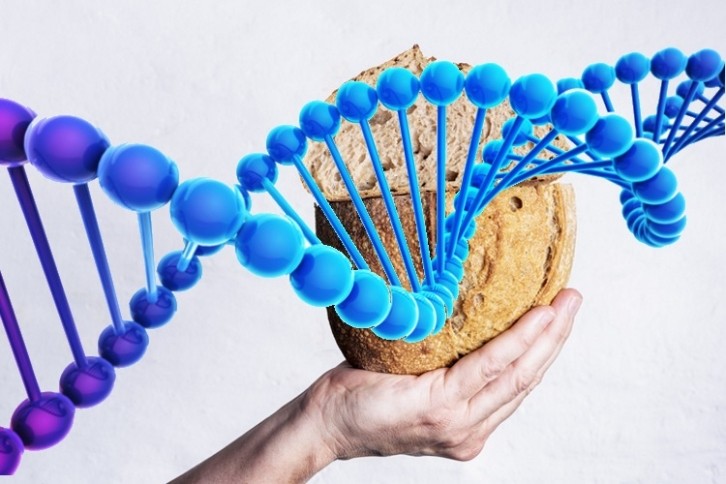
Researchers from the University of Maryland (UMD) and Saudi Arabia’s King Abdullah University of Science & Technology (KAUST) have compiled the first-ever complete genome map of einkorn.
The 5.2 billion letter-long sequence provides a window into the evolutionary origins of different wheat species.
More importantly, it will help researchers pinpoint genetic traits like tolerance to drought, heat and disease, and enable farmers and crop breeders to re-introduce those traits to modern bread wheat varieties.
It’s a major step forward in the race to protect the world’s food supply from climate change and the increasingly severe weather expected in coming years.
“By understanding the genetic diversity and evolutionary history of einkorn, researchers can now leverage its potential for future breeding efforts and the development of more resilient and nutritious wheat varieties,” said Hanin Ahmed, lead author and a former PhD student at KAUST.
Added Adam Schoen, co-author and a Ph.D. student at UMD, “The most exciting thing about having this genome sequenced is that einkorn is truly a model species that we can use for research, not only as a reference for bread wheat, but other small grains like rye, barley, oats.”
Mapping out einkorn
Resulting from the cross pollination of wild grasses, einkorn wheat (Triticum monococcum) boasts a history dating back 12,000 years to the Fertile Crescent, a region in the Middle East often referred to as the Cradle of Civilization. It is believed to be the first crop grown by humans, with records of the first domestication of wild einkorn from around 7500 BC.
Its cultivation is believed to have spread from the Middle East to the Balkans, the Mediterranean and the British Isles because of its ability to adapt to a wide range of soil and growing conditions.
Einkorn is the only diploid (presence of two complete sets of chromosomes in a cell) wheat species of which both wild and domesticated forms still exist.
The plant has a very small, two-row seed head that produces a small amount of grain and over time, yield became far from sufficient to feed growing communities. Cultivation of einkorn began to decline in favour of another ancient grain, emmer wheat, around 2000 BC and then gave way to modern varieties like common wheat (Triticum vulgare), today accounting for around 95% of global wheat production. Most of the remaining 5% is durum, grown primarily for pasta.
These wheat varieties generally produce higher yields, making them more economically viable for large-scale commercial agriculture. However, centuries of intensive cultivation and selection means they have lost their natural resistance to drought, heat and pests - properties that would make bread wheat resilient to current threats from climate change.
Einkorn has not undergone intense selective breeding, which means it has a far richer genetic diversity than modern bread wheat and maintains many of its resilient properties.
Back to the future
To tackle the increasingly daunting challenges of the future, scientists turned back to the past.
The team deployed a combination of DNA sequencing technologies to create high-quality genome assemblies for both domestic and wild varieties of einkorn, identifying more than five billion base pairs that make up individual genes.
In future, by comparing the einkorn genome with the genome of bread wheat - which was successfully sequenced in 2018 - researchers can look for mismatches and narrow down the potential targets for genetic traits that differ between the ancient and modern wheat grains. In fact, UMD researchers have already begun identifying economically important genes - like those for grain size - and selectively breeding them into bread wheat.
The study’s revelations - published in Nature on 2 August - challenge the notion of a linear wheat evolution among various wheat species.
“Our genomic analyses now show that the history of wheat is much more complex and involved a lot of mixing and gene flow between different wheat species,” said Simon Krattinger, assistant professor of Plant Science and faculty member of the Center for Desert Agriculture, KAUST.
Just as the human genome contains sequences from our Neanderthal cousins, so too is the modern bread wheat genome littered with remnants of einkorn DNA. In fact, Prof Krattinger said the introduction of einkorn genes in the past may have played a role in assisting bread wheat to adapt to changing climatic conditions.
So, if history is any indication, the same could hold true for the creation of wheat varieties fortified with enhanced disease resistance, improved hardiness and increased yields.
“Our lab’s resources will help to precisely transfer beneficial genes from einkorn into bread wheat,” said Prof Krattinger.
Another significant win from the study was the speed to sequence the entire einkorn genome. The bread wheat genome took more than a decade to sequence, whereas the current study was completed in little more than one a year.
“This is the first step,” said Vijay Tiwari, assistant professor of Plant Science and Landscape Architecture at UMD.
“We are not only breeding einkorn genes into bread wheat, but we now have a chance to improve einkorn to make it easier to grow and harvest, because it is healthier and more nutritious than bread wheat.”
Baking with einkorn
Meanwhile, bakers could be doing more to exploit all that einkorn offers - and capitalise on the demand for healthier, artisanal treats.
Einkorn is higher in protein, lower in starch and richer in minerals then modern wheat. It is also higher in fibre and lower in carbohydrates than all-purpose flour.
It is touted to contain 200% more of the antioxidant lutein than modern wheat, along with punchy amounts of manganese, riboflavin, zinc, magnesium, thiamin, niacin, iron and vitamin B6.
Due to its high protein content, it contains higher levels of gluten than modern wheat flour, however, it’s easier to digest and is more easily tolerated by people that have a sensitivity to wheat. This is due to its unique starchstructure (the composition of the different starches within the wheat grain), which is smaller and more compact than modern wheat. Einkorn’s starchstructure is made up of much more of the slow-digesting amylose than amylopectin (the culprit that quickly spikes blood sugar), thus lowering glucose and insulin levels in the blood after meals and maintaining satiety longer.
Additionally, it does not have the D chromosome, which is connected with wheat intolerance in many humans.
Because einkorn contains less starch than regular wheat, it can be more challenging when it comes to baking. Bread dough can be stickier and wetter, while cake batters can sometimes get gummy with mixing. The rise isn’t quite as high.
However, it’s prized for its flavour, imparting a deeper, nutty and toasty note to bakes.
Treat einkorn flour like any other wheat flour, substituted 1:1 for wholewheat flour in most recipes (you may need to reduce the liquid). Substitution for all-purpose flour will require further adjustments.
Study
Ahmed, H.I., Heuberger, M., Schoen, A. et al.
Einkorn genomics sheds light on history of the oldest domesticated wheat
Authors: Ahmed HI, Heuberger M, Schoen A, et al.
Nature (2023)
